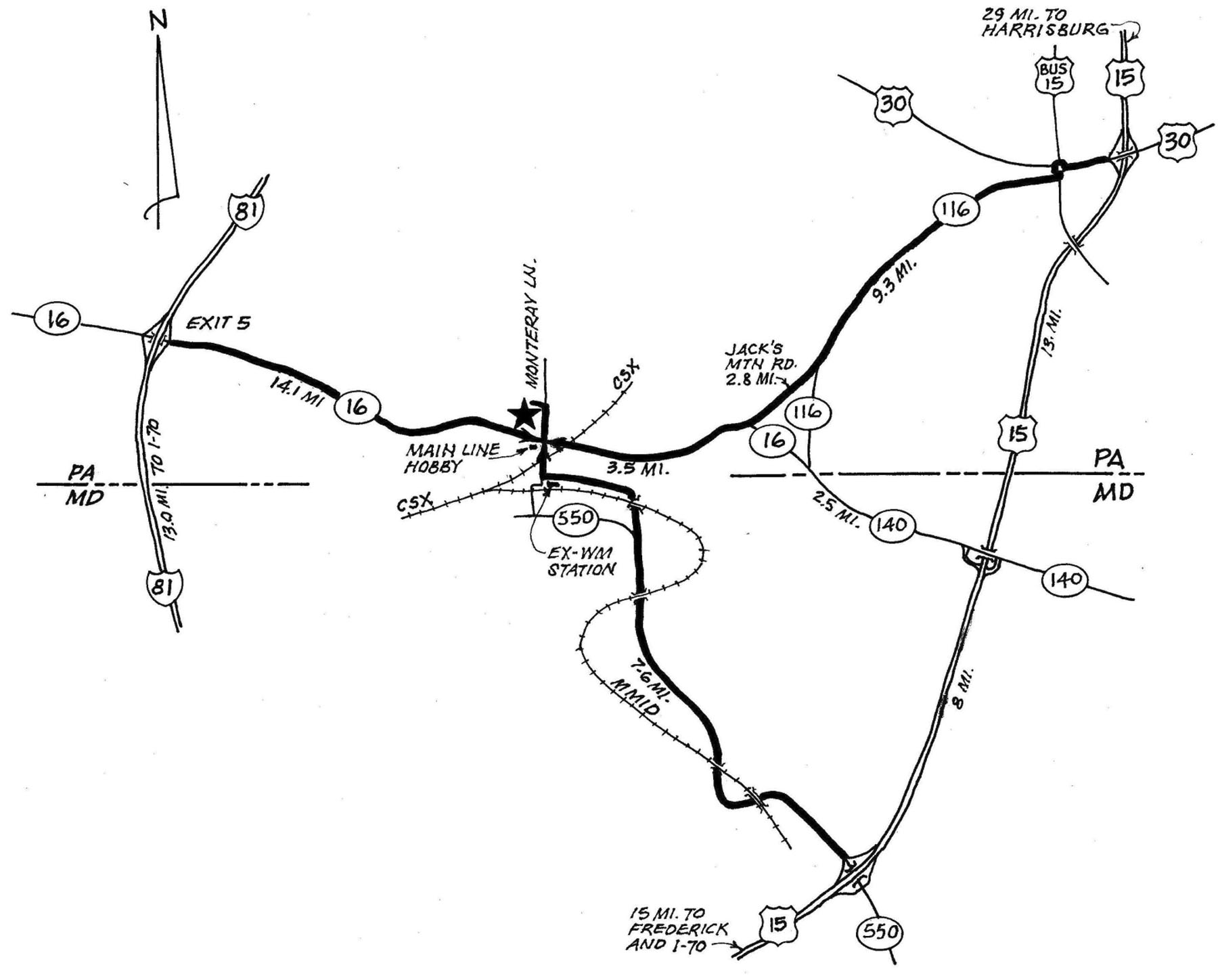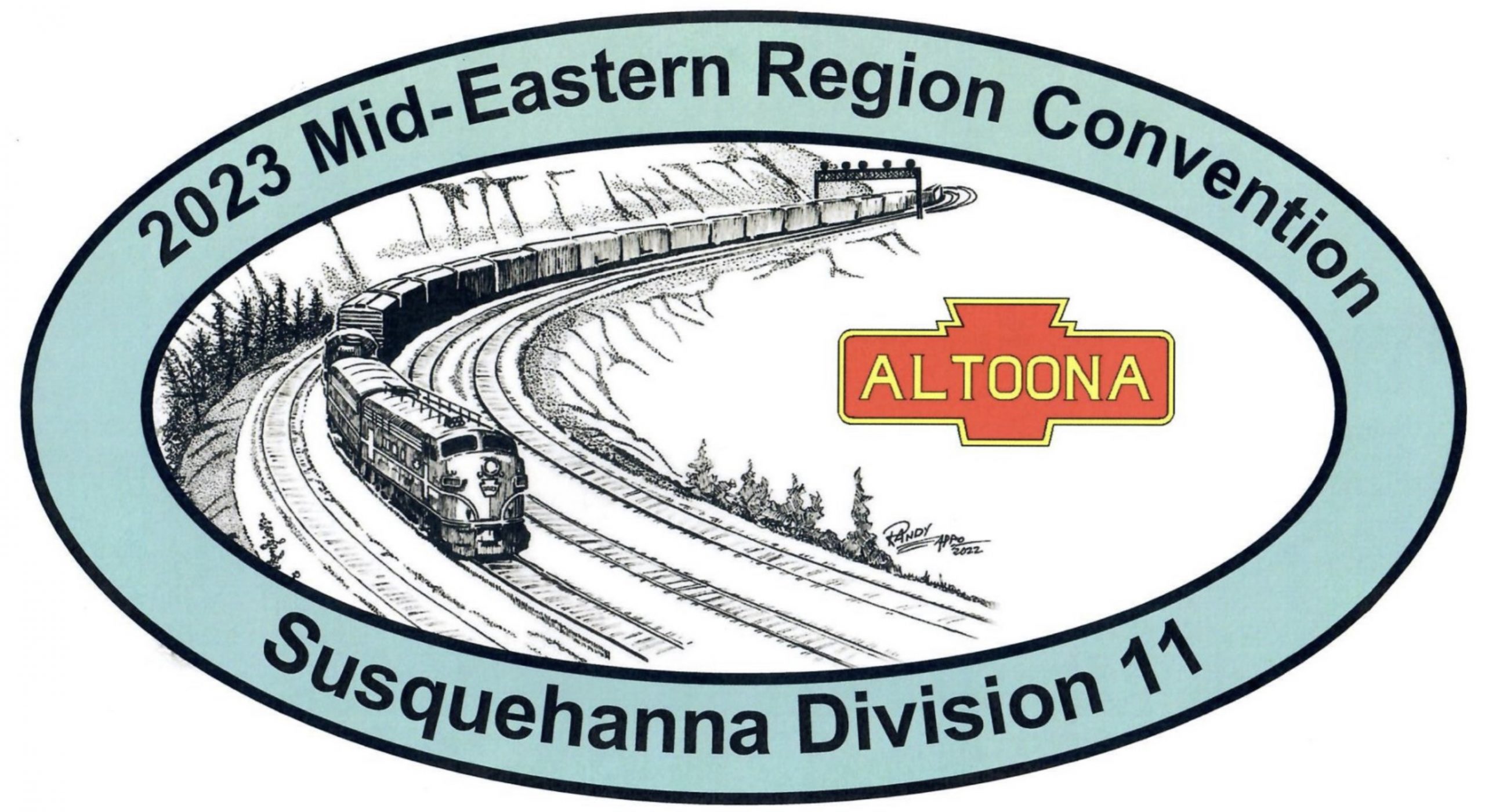No February SMD meeting.
I would like to offer my apologies to all of you for the Shakespearian events (The Comedy of Errors) surrounding the February SMD meeting. The issue started way back in late august of 2022 when we were planning the monthly meetings for the 2022 – 2023 SMD year. We had originally scheduled the February meeting to be hosted by Andrew Dodge on the 3rd Sunday of February (February 19th) to avoid any conflicts with the Super Bowl.
At the same time Jane and Pete Clarke were scheduled to host the March meeting on the usual 2nd Sunday. After some discussion we decided to flip the February and March meetings in the possible event of inclement weather in February. Everyone was satisfied with this change so that is how the 2022 – 2023 meeting agenda was sent out to all back in September.
Unfortunately I apparently failed to make it clear to the Clarke’s that the February meeting was scheduled for the 3rd Sunday. If I had, they would not have been able to host the February meeting due to a conflict of interest (something about a Winter Spectacular weekend at the EBT with engine 16 in steam for the first time in the tourist era).
When we sent the reminder out for the February meeting no one caught the date discrepancy. At the last minute (like Saturday) I received two emails from members requesting the meeting date. Things went downhill from there. If I had let sleeping dogs lie it probably would have worked out but no – I had to try to address the issue.
Net result – There will not be a South Mountain Division in February and the March meeting will be at Andrew Dodge’s home (more on that soon).
Again, I offer my apologies for the mix-up (feel free to fire me – but whoever starts the recall action will automatically become the new Superintendent). If you’d like more information on the East Broad Top Winter Spectacular, click the following hyperlink.
https://eastbroadtop.com/events/winter-spectacular/
Bob Johnson
2022 – 2023 SMD Superintendent
Hey folks,
Last week’s email [and this, now amended, post ~ed] was incorrect. The Division membership meeting at Pete & Jane Clarke’s is NOT happening on 12 February, but rather, this coming Sunday, 19 Feb., at 2pm.
Again, there is NO SMD NMRA membership meeting (Sunday, 12 February).
This decision was made all the way back during last summer’s planning meeting so as not to conflict with Super Bowl Sunday, and simply slipped our minds when we were publishing the reminder. As you all know, typically, our meetings are the second Sunday of the month, not the third.
We apologize for the confusion; we knew better and should have caught it. We hope to see you all at the Clarke’s next Sunday the 19th for the membership meeting and Mat Thompson’s clinic on the AP program’s Master Builder certificate.
The monthly meeting of the South Mountain Division (SMD) will be held on Sunday, 12 February at the home of Jane and Pete Clarke in Damascus, MD. As per usual, the event starts at 2:00 PM with the business meeting beginning around 2:45 PM.
Pete and Jane are rather narrow minded (HOn3 narrow that is) and have a very nice operational layout based on the East Broad Top Railroad. This layout has been featured in Great Model Railroads and is well worth your time to visit. Jane and Pete have provided the following information for your edification.
We model the East Broad Top Railroad in 1926. The EBT was a narrow-gauge line that ran from coal mines in the Robertsdale area of the mountains to an iron furnace in Orbisonia/Rockhill Furnace and then up to Mount Union where there was a coal cleaning plant, refractory brick plants, and an interchange with the Pennsylvania Railroad. (News Flash: It was bought on 2/14/2020 and has been re-opened. Very, very soon steam will return as engine #16, which has not run since the line closed for freight operations in the 1950’s, will again pull the trains)
By 1926 the iron furnace was long gone, but on our version, it has been re-opened by the current owners, the Madeira Hill Co. The furnace consumes large amounts of coal (which needs to be coked first), limestone, and iron ore. Its output is pig iron which is then taken to Mt. Union. This has added a great deal of operational interest to the railroad. The fact that the iron furnace has reopened created a renewed need for iron ore and limestone. Both those had been mined along the Shade Gap branch of the EBT. So, the Shade Gap branch, which had fallen on hard times since the furnace closed in 1908, has been rebuilt. In Shade Gap this line serves limestone and iron ore mines. In Neelyton (the end of the Shade Gap branch) it serves the ganister mine for the refractory brick plants in Mt. Union and a lumber mill. Both towns also get miscellaneous freight and have coal dealers for home heating.
The layout is in a 20’ x 26’ basement and is fully scenicked. It’s early fall, so it’s still warm in the valley but cold on the mountain. Both of us work on models. Jane scratchbuilt the Orbisonia station and roundhouse and Pete the company store and houses in Robertsdale. The excellent models of Ewings Mill and Neelyton station were built by Frank Benenati. Other structures are kits (many by White Ground) or kit-bashed. There are still models to be done, but there’s at least a stand-in for every structure so the layout looks complete.
For the street address, please email southmountaindiv@gmail.com.
Note: Park on the street or driveway and enter through the front door. Unfortunately, our basement is not handicapped-accessible
After the meeting, Mat Thompson, MMR will present a clinic on meeting the requirements for the AP Master Builder-Cars certificate and other general information concerning the MMR program.
The usual admonition is still in effect. If you have symptoms of COVID or have recently been exposed, we would ask you not to attend. Otherwise, everyone is welcome.
Turnout for the SMD year to date has been even better than I had hoped — Let’s keep up the trend and have an even better turnout as we continue in the new calendar year.
Bob Johnson
2022-2023 SMD Superintendent


 Greetings
Greetings